Know your Plant
- Popular with interior plantscape.
- Has leaves 2 feet long; green with white & grey-green stripes.
- Can grow upto a height of 10 feet indoors, can be contained by pruning.
Benefits
- Removes airborne toxins, especially benzene.
- Increases daytime oxygen.
- Easy to grow and maintain.
Plant Essentials
Light
Low to moderate light is good; semi-shade.
Temperature
Average room temperature (16-24°C). Can tolerate lower temperatures upto 10°C for shorter periods.
Water
Weekly watering is best; keep well drained. Mist often or wipe leaves with a damp cloth or sponge.
Media
Grows well in an all-purpose commercial potting soil that drains well. It also thrives in Hydroculture.
Fertiliser
Apply commertical fertiliser mixed at half strength, fortnightly during the growing period.
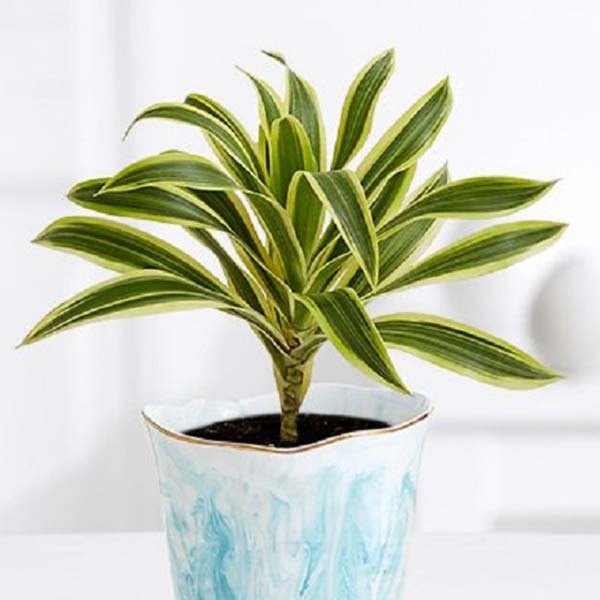
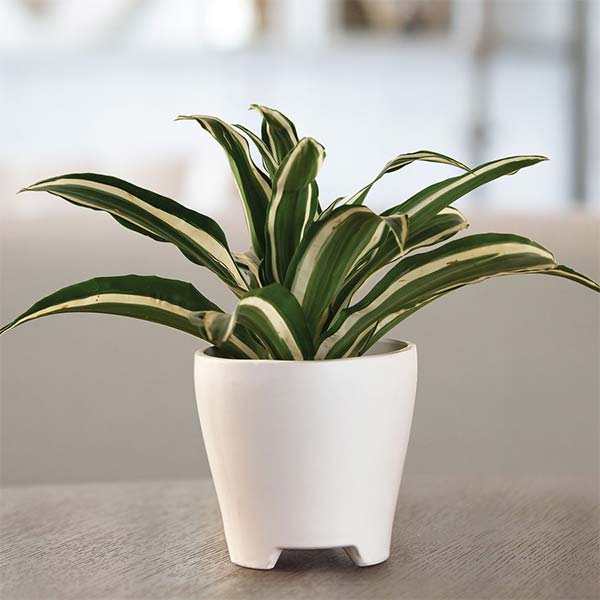
Potting
Plant in a pot with sufficient drainage. Repot every year in spring.
Other Tips/ Info
Keep soil moist but not too wet.
Preferred Pot Size
4-8 inches
Maximum Height
N/A
Approx. Spread
N/A
5/5
(1 Review)

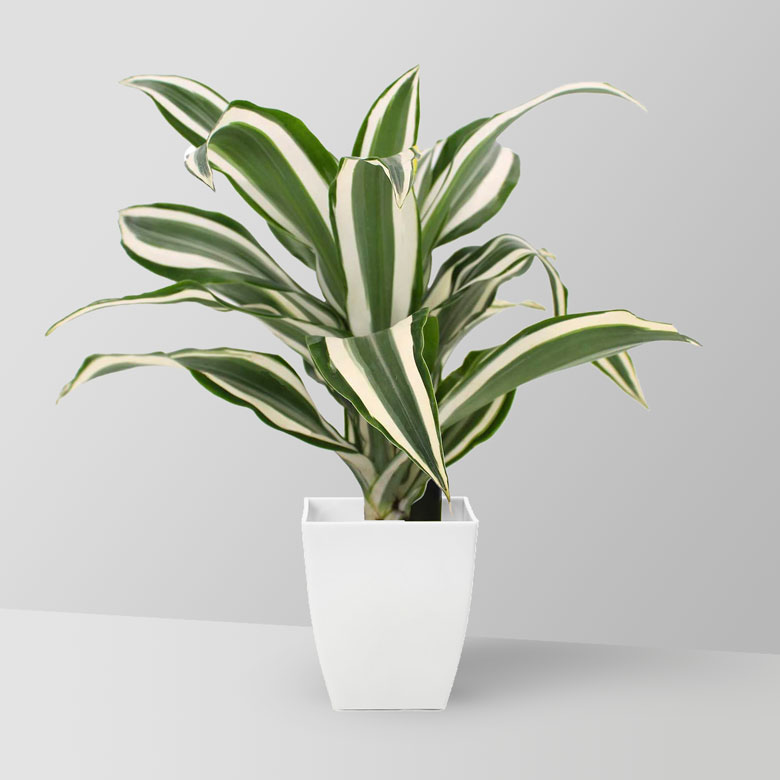

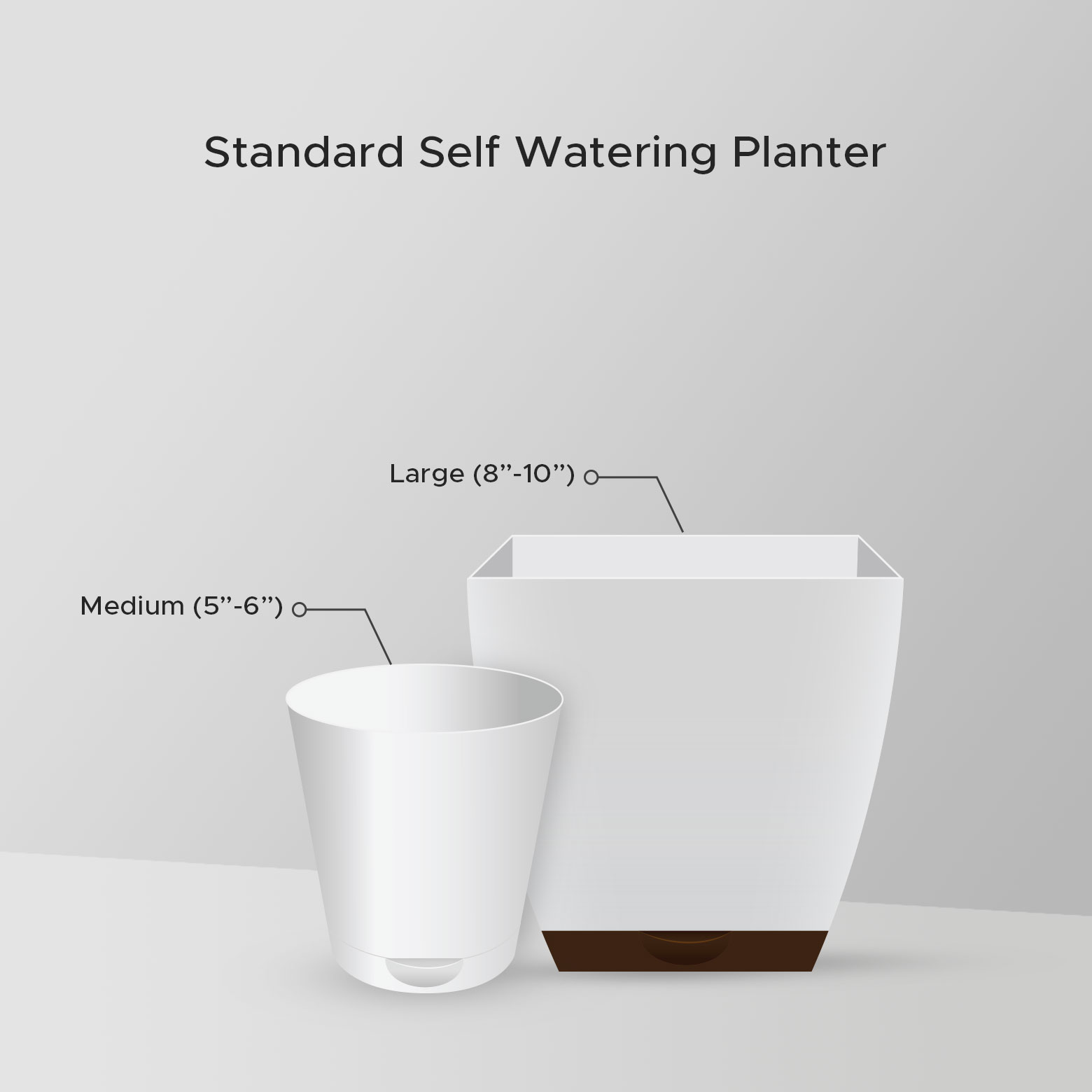
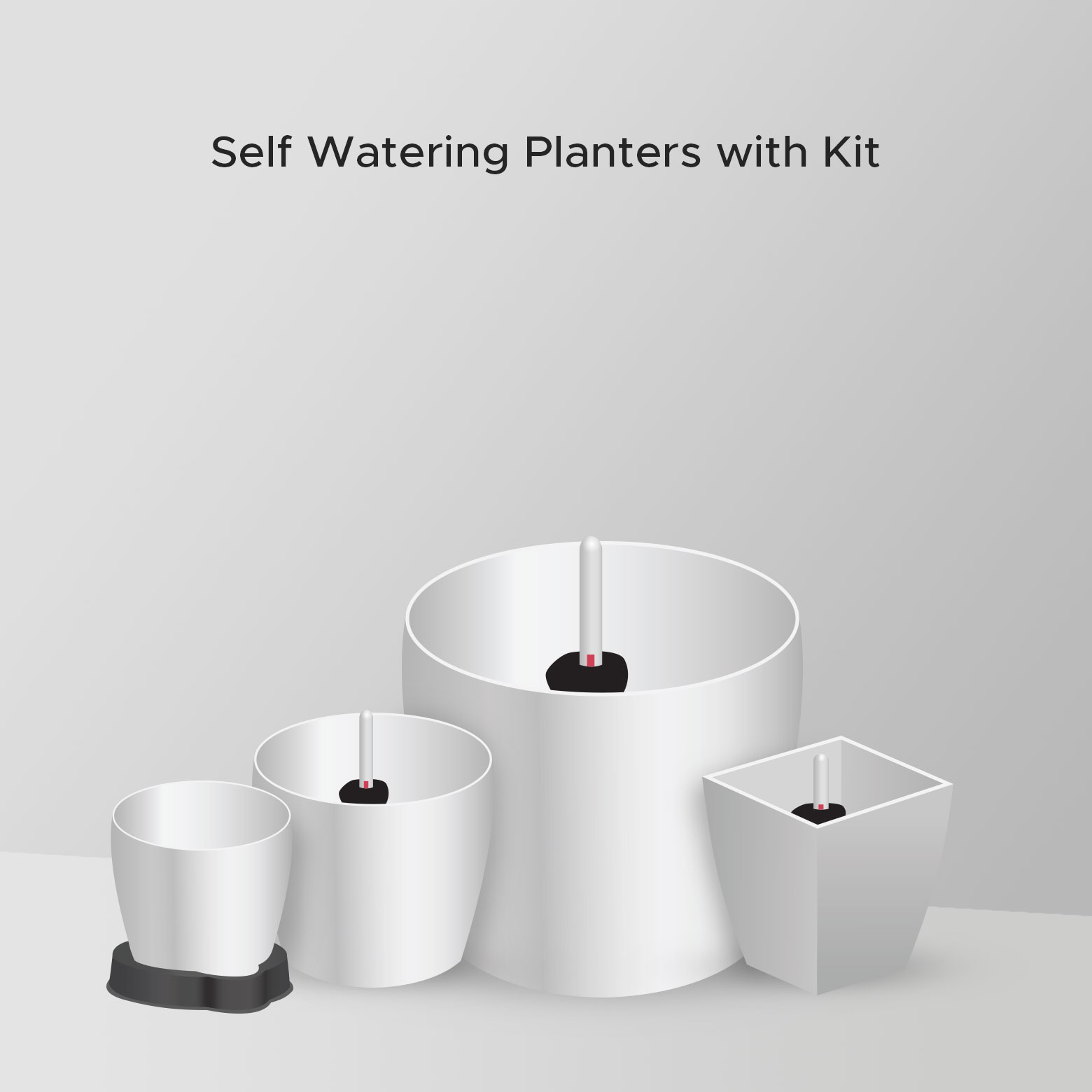
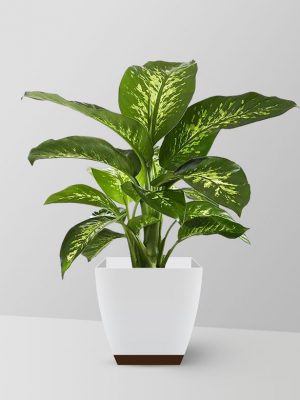
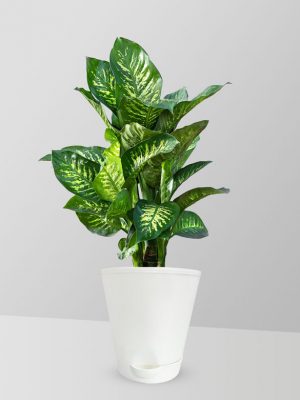
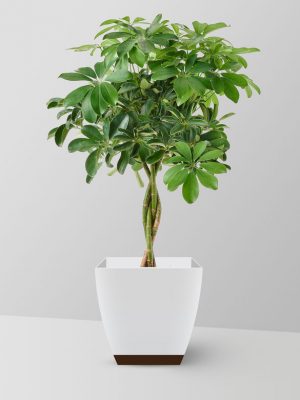
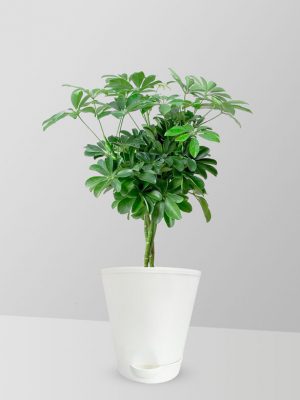
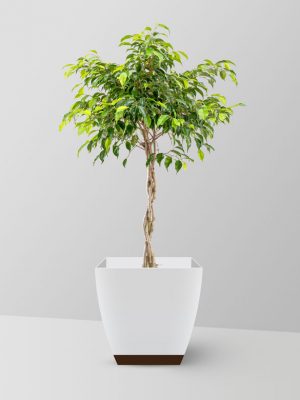
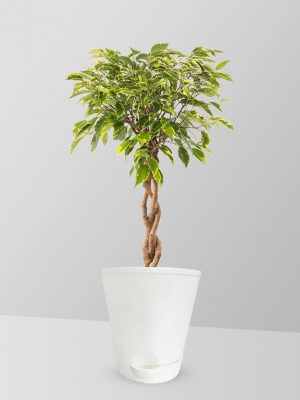
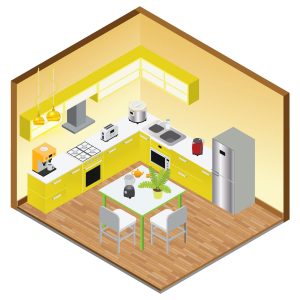

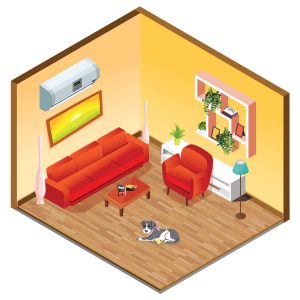
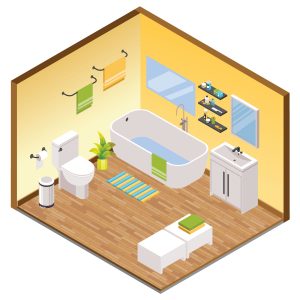
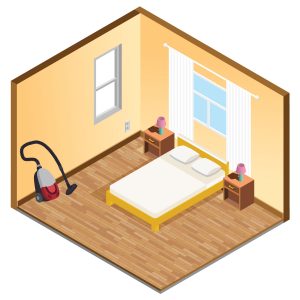
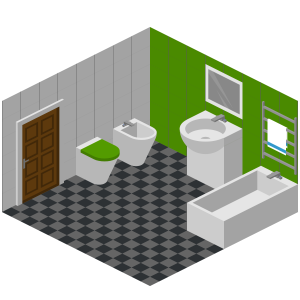

1 review for Dracaena Warneckii
There are no reviews yet.